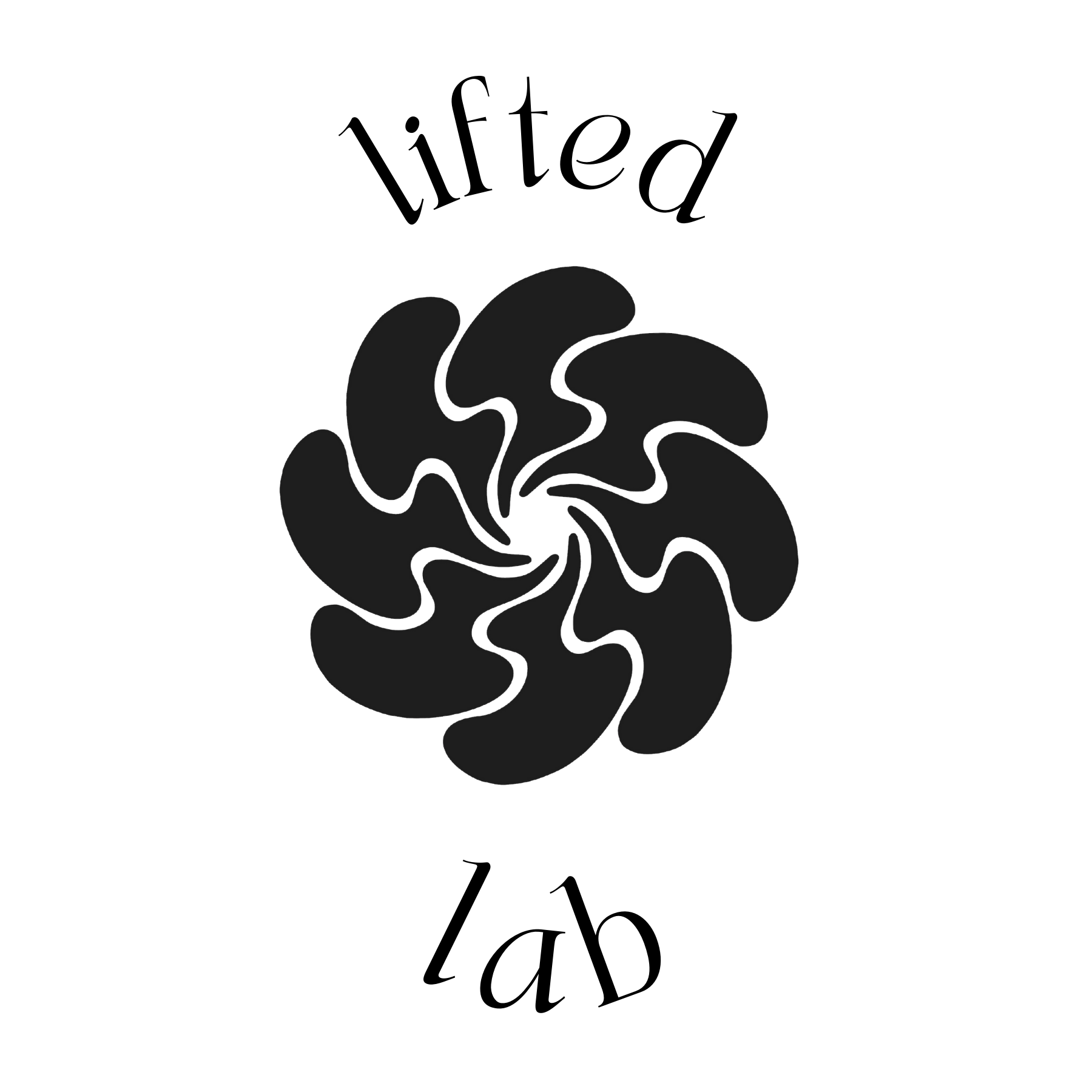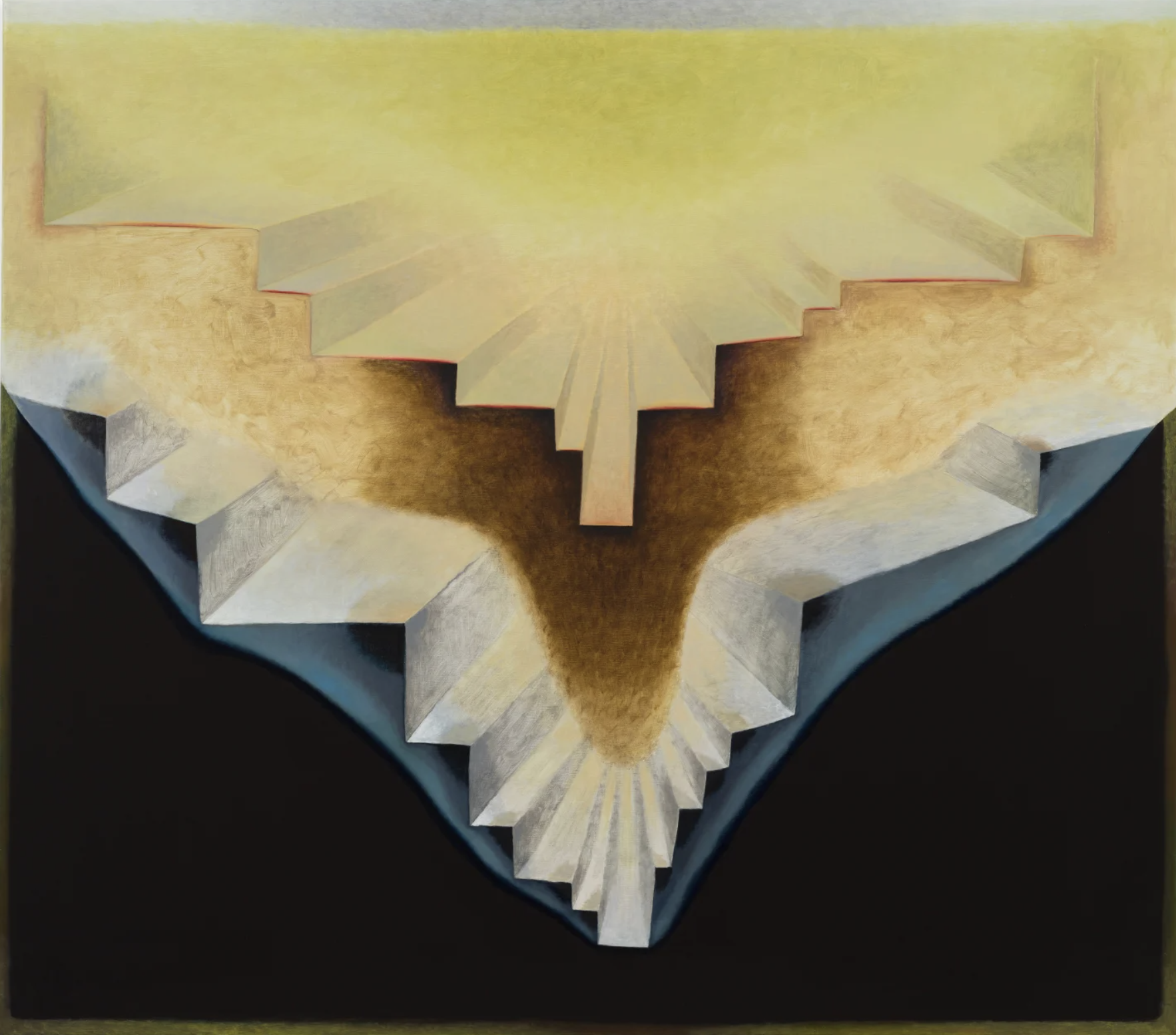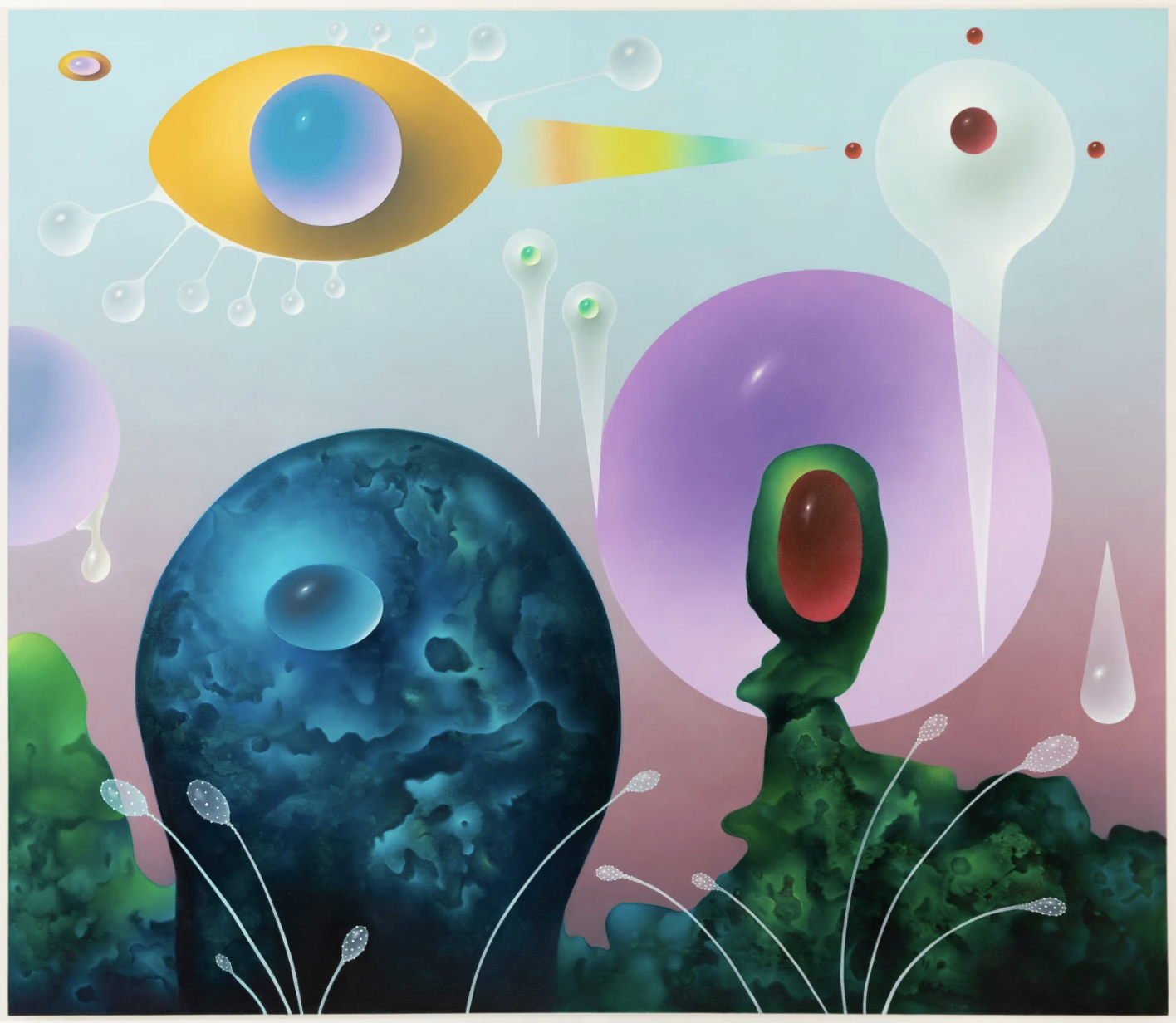Kristy Luck “Inevitable Behavior”

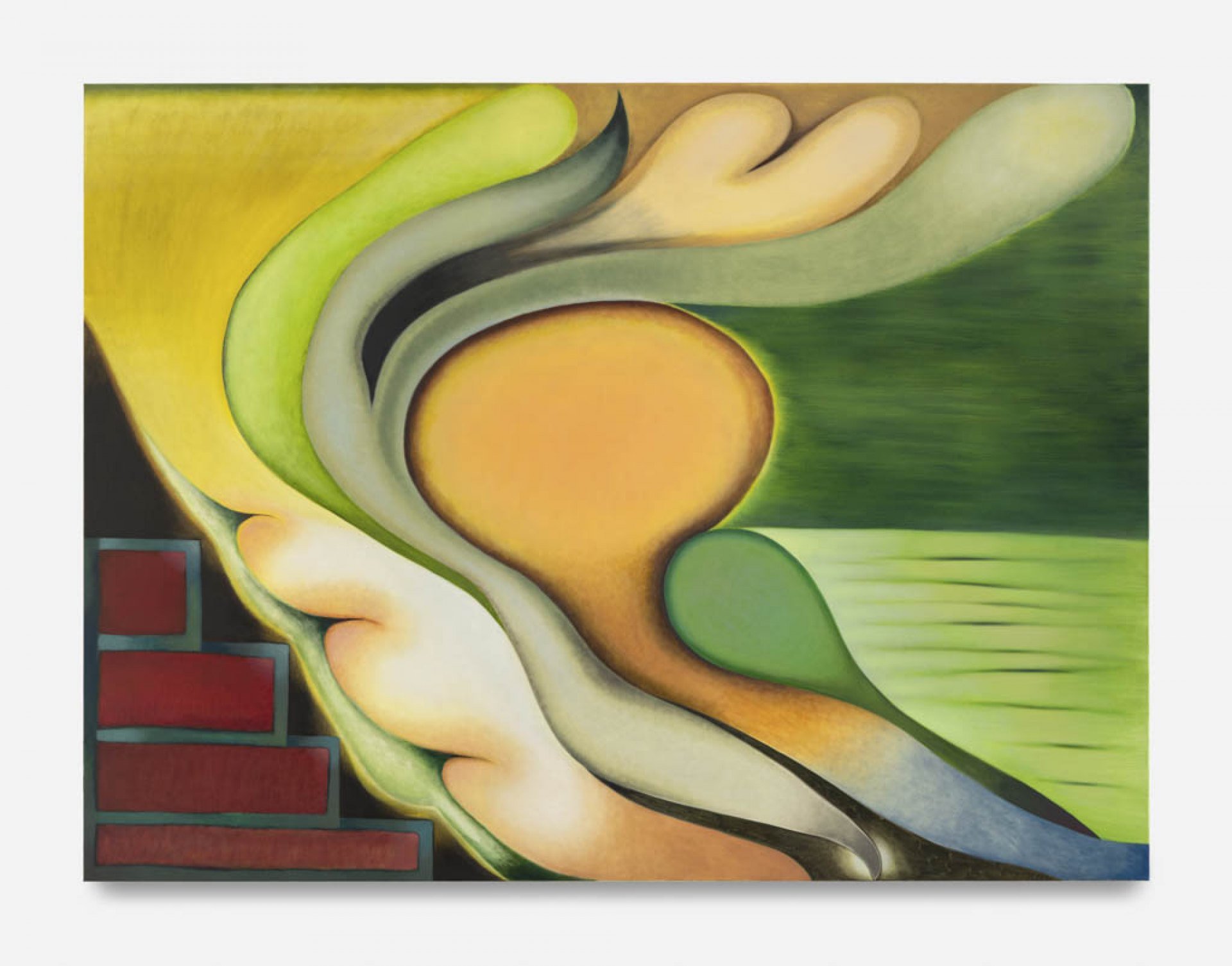
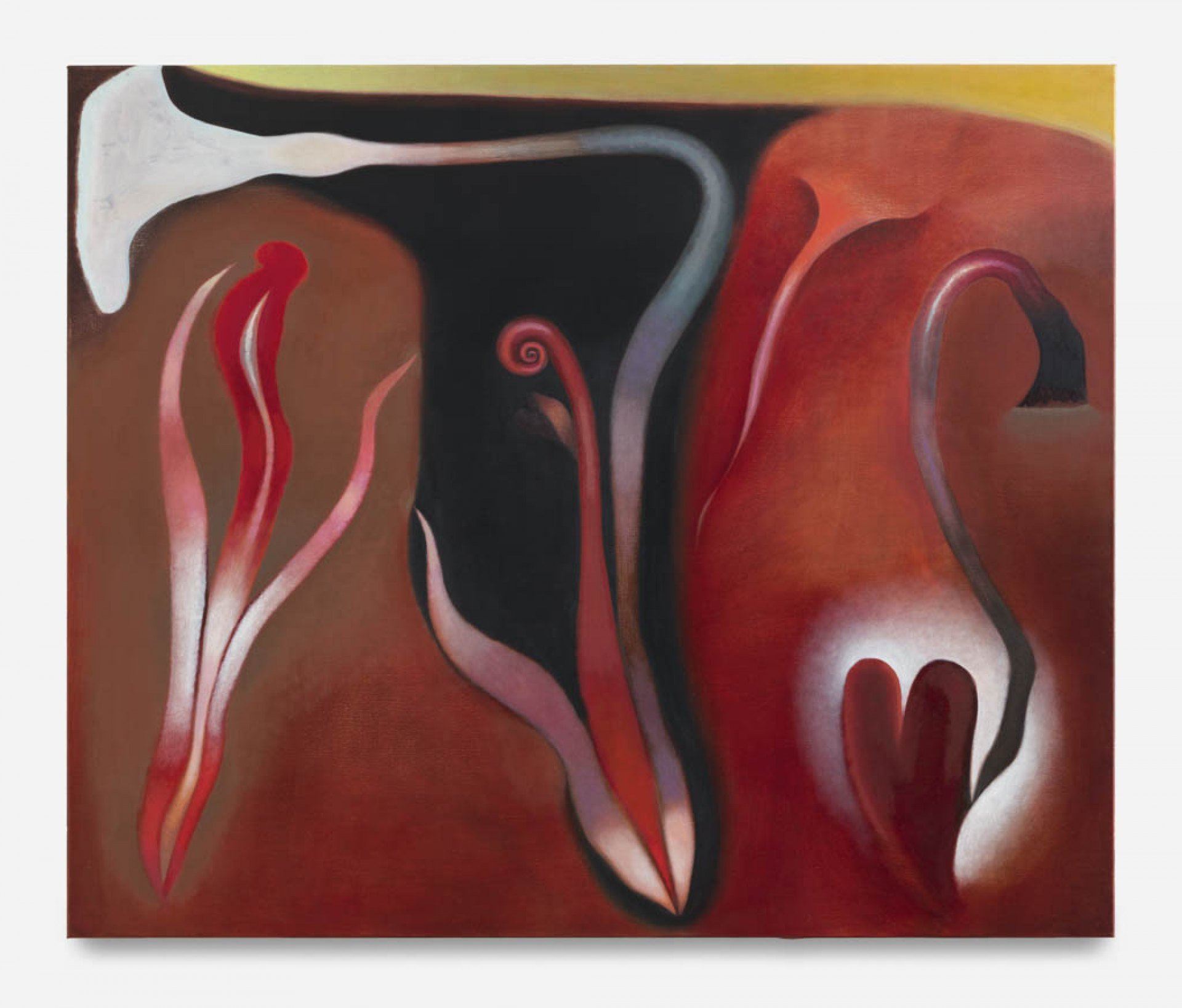
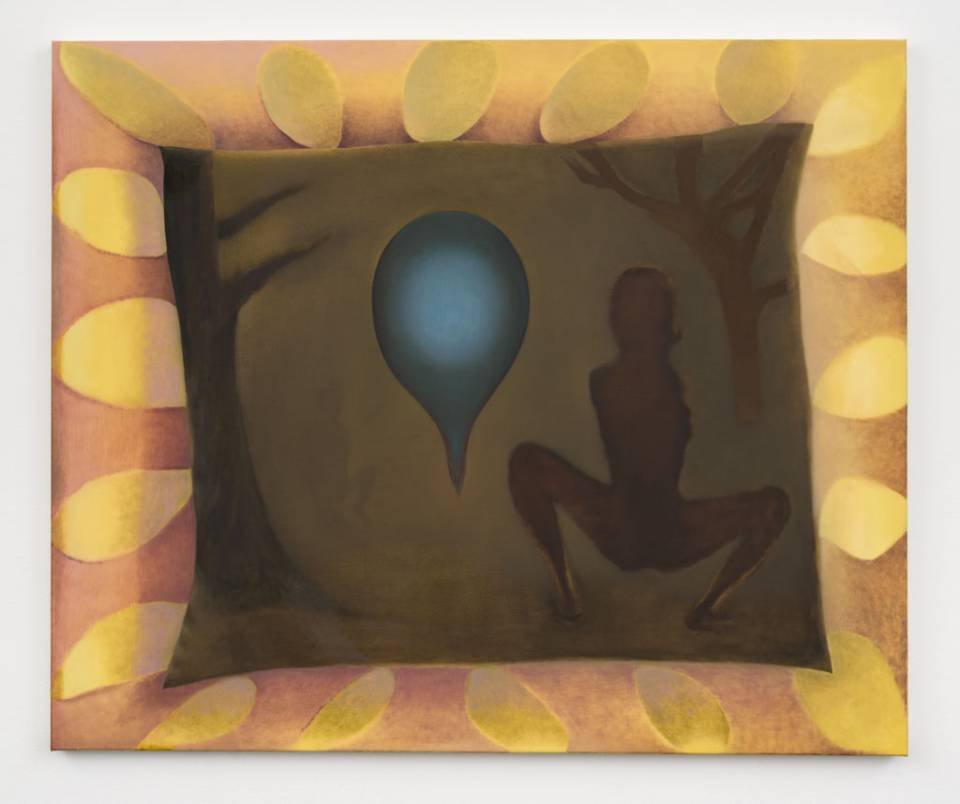
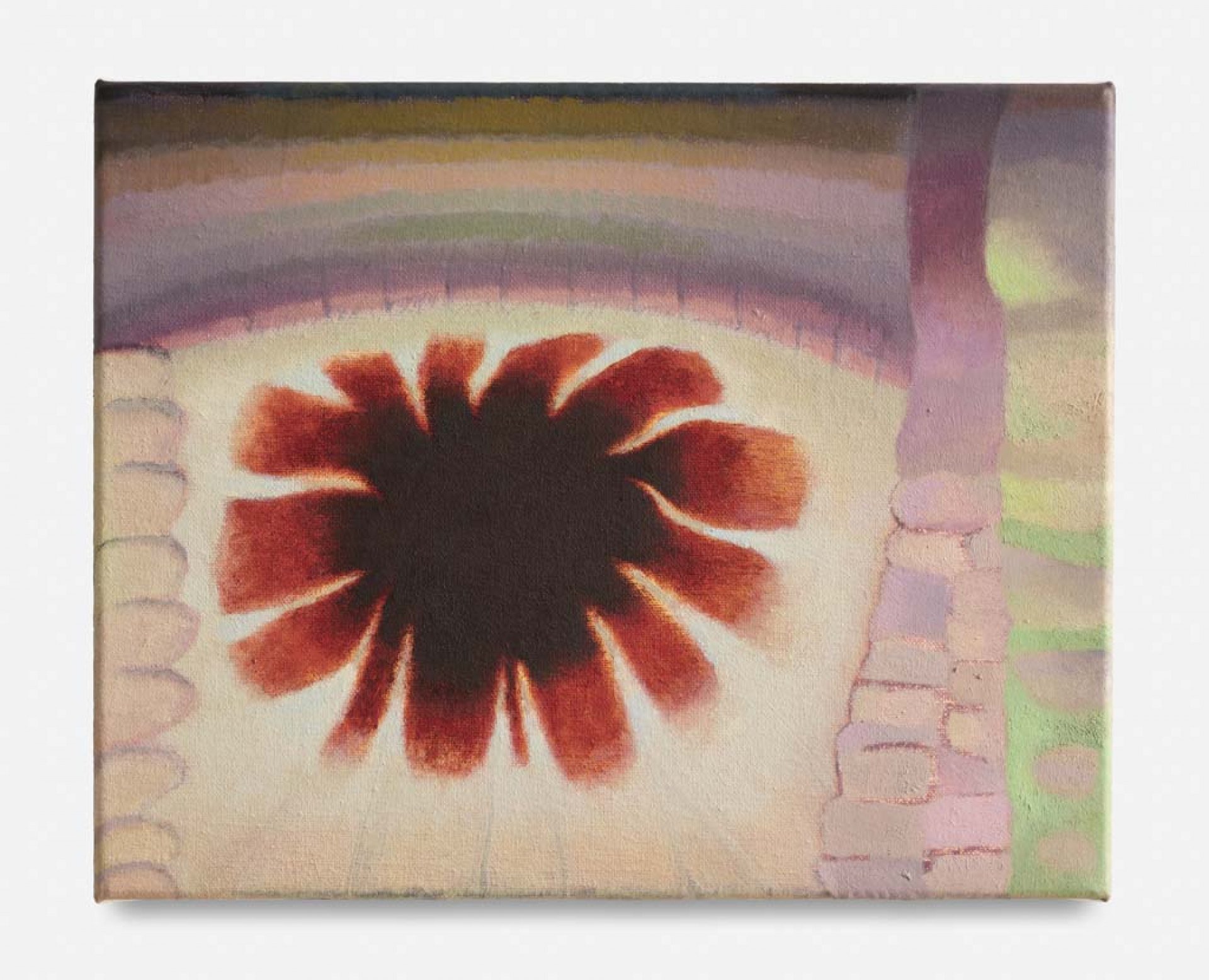
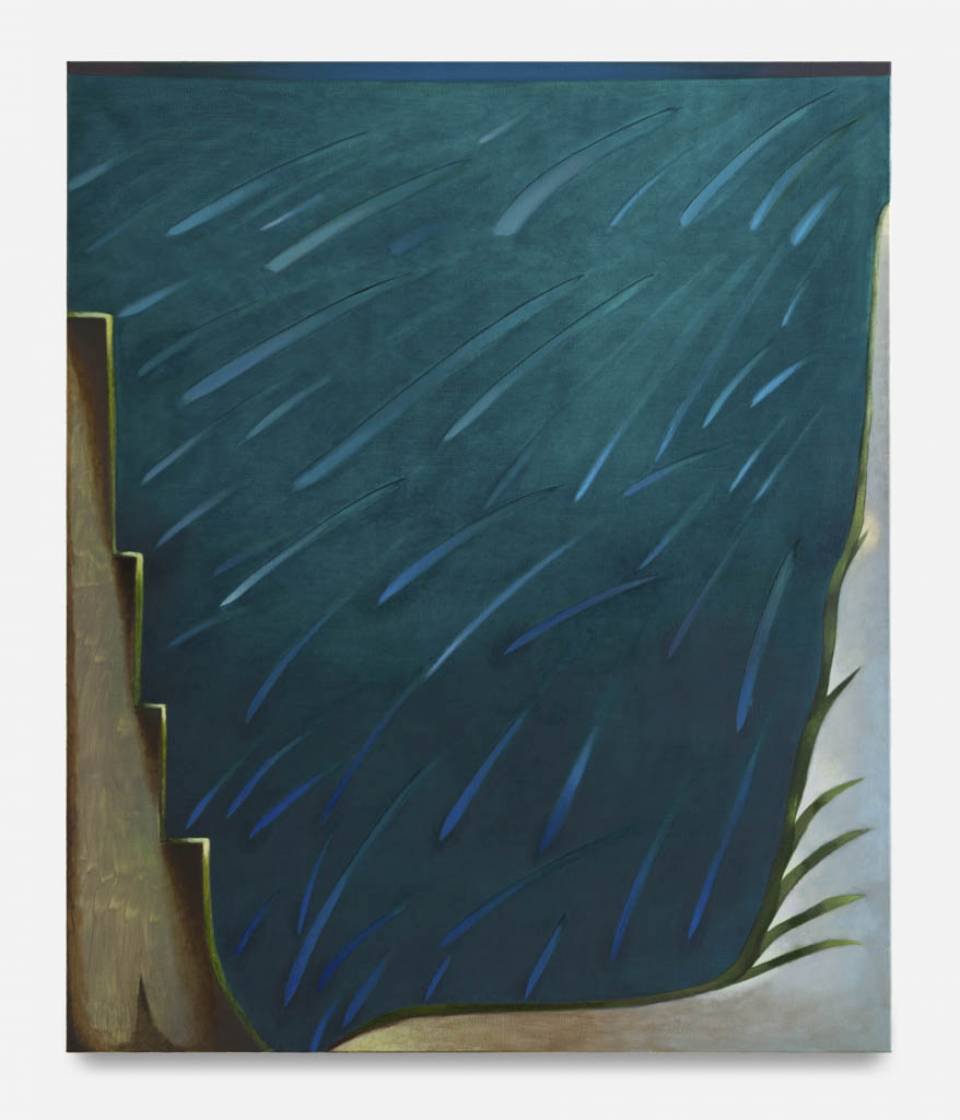
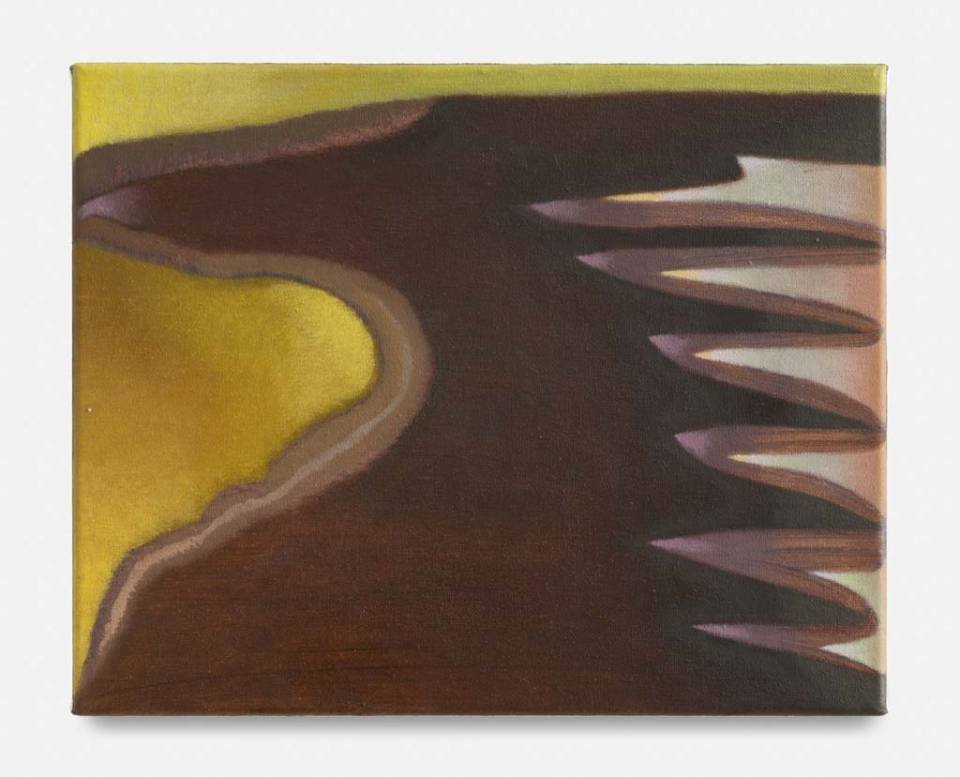
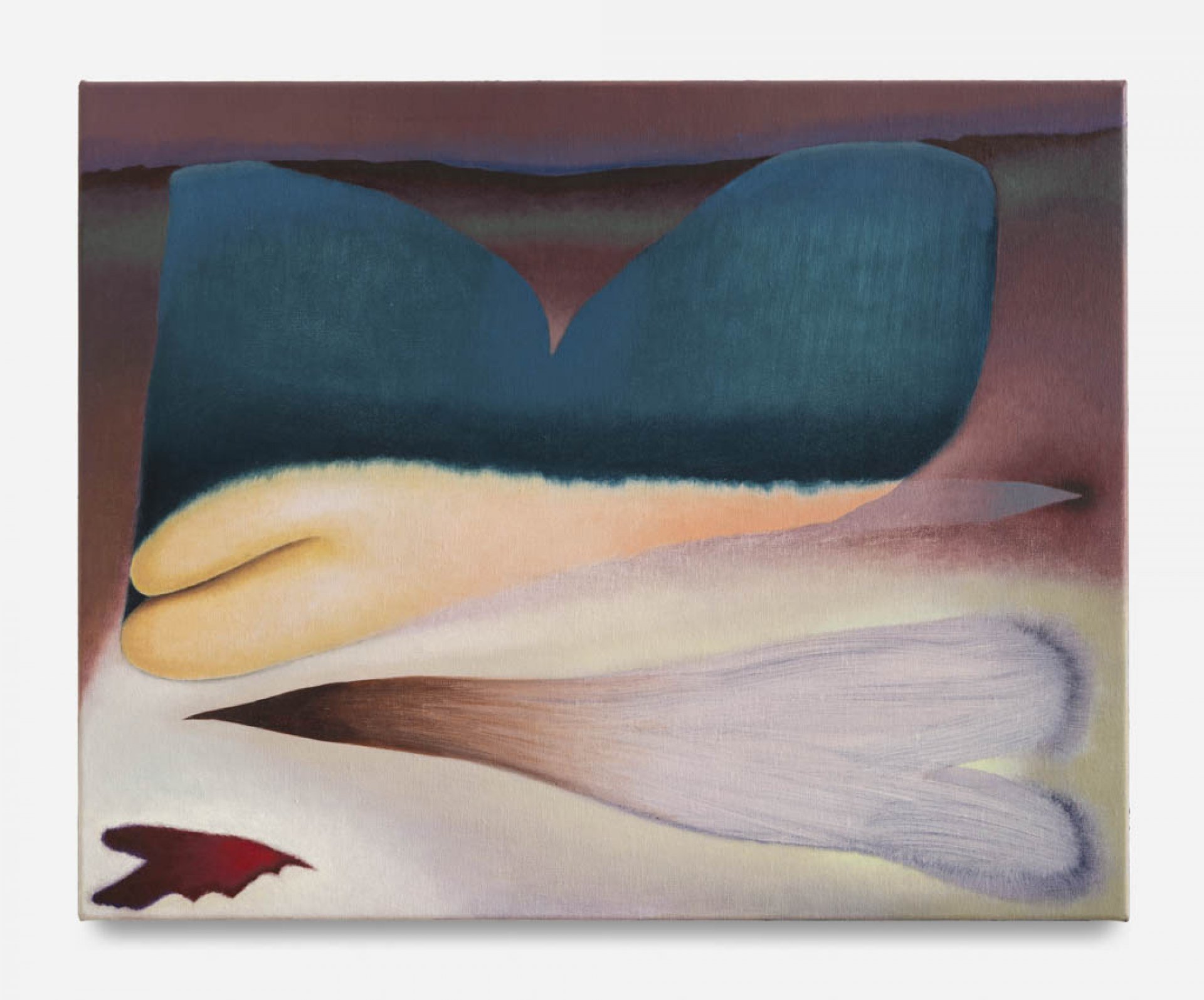
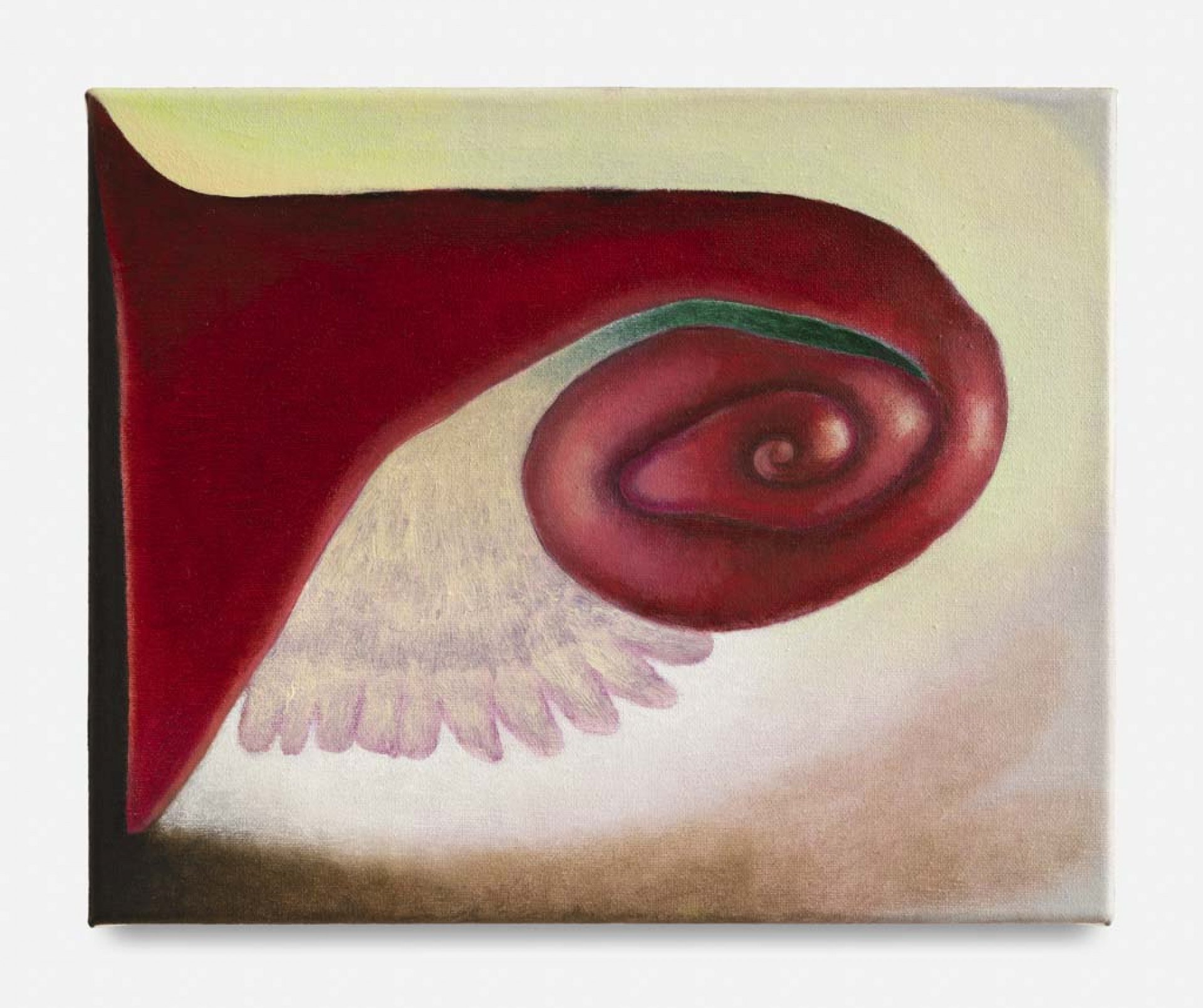
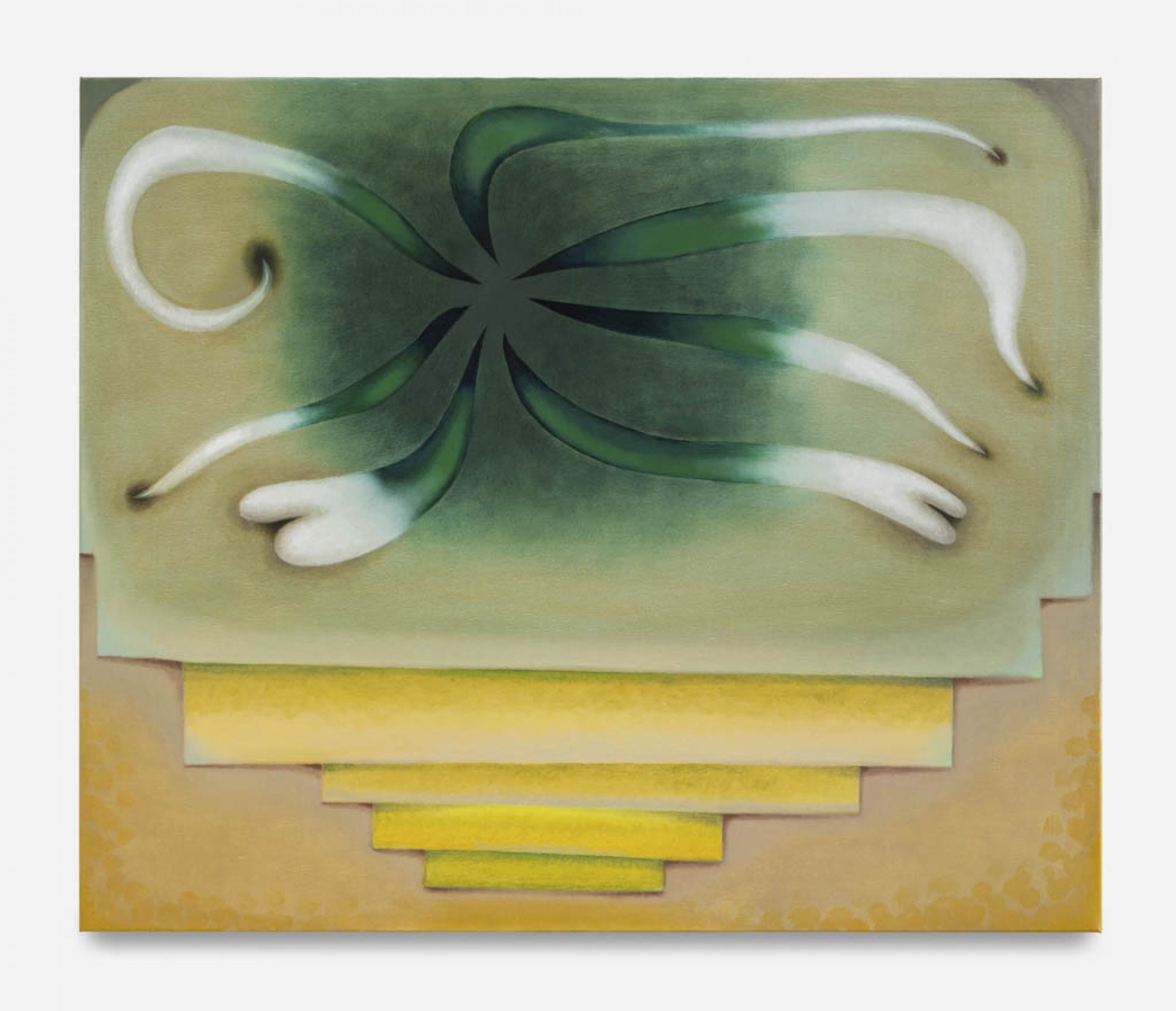
Contemplative spaces are not defined on their own – they are, first and foremost, generated by an act of creation. What guides the creation of this space, in the case of Kristy Luck’s paintings, is the fusion between an atmospheric, almost elusive, surface and her personal inventory of symbols. In the set of paintings conceived for this exhibition, the artist resorts to what she understands as an Inevitable Behavior: behaviors that always operate in mutation, but that keep – in an increasingly hidden way – their original context. It is in Luck's representation that the observation around this behavior is transformed into a reflexive wave – a kind of private revelation for the artist and the observer.
In this inquisitive process, Luck explores themes of origin, parts of her identity that configure a mystery, movements of transformation, and ultimately the creative process itself. Luck always seems to paint from a characteristic mental state, in which objects and landscapes merge and remain largely unidentifiable. The artist often parallels her practice with the following statement: “abstract painting itself is not spiritual – but perhaps the spiritual is abstract. Abstraction as something that happens in the mind interests me”[1]. Following this course, the artist opts for the representation of a space that is always indeterminate – minute and expansive, intermittent and fluid.
From a practical point of view, Luck emphasizes the simultaneous composition in a set of paintings to then reveal the formal aspects of each work gradually. In the set of motifs that anchor the artist's work, organs appear – mainly hearts – stairs, biomorphic forms that collapse any need to distinguish between the environment and the living being. These elements are brought out of the artist's personal inventory – her relationship with objects and symbols – and are transformed, repeatedly, throughout the creation period of each painting or each exhibition. Luck often uses very small segments from previous works or references and puts them into new compositions. At the end of this process, each element is disarticulated from its original context and becomes less and less tangible. This behavioral tendency of always operating by changing, drawing on a starting point, is what suggests the Inevitable Behavior – an inevitable impulse that manipulates its original context.
The artist paints in thin layers of oil on linen, creating paintings that are practically mental states. The works are not sustained by a rigid formal structure – rather, they are the result of flow and fragments. Luck attempts to escape direct analogy out of a more contiguous, relational way of working. She chooses not to have plans – although everything starts from something prior, there is always the inevitable action of time and reflection. The artist evokes a kind of fragile appearance of the world, which unfolds from the fluidity of form and application of color. Everything is on the verge of happening, in a fluid and simultaneously suspended state. Ultimately, there is an indeterminacy within the work, a reoccurring cultivation of bewilderment that allows for an all-at-once-ness – also through a simultaneous insistence on both the body of work and on the fragment.
Press release and images via Mendes Wood, São Paulo.
